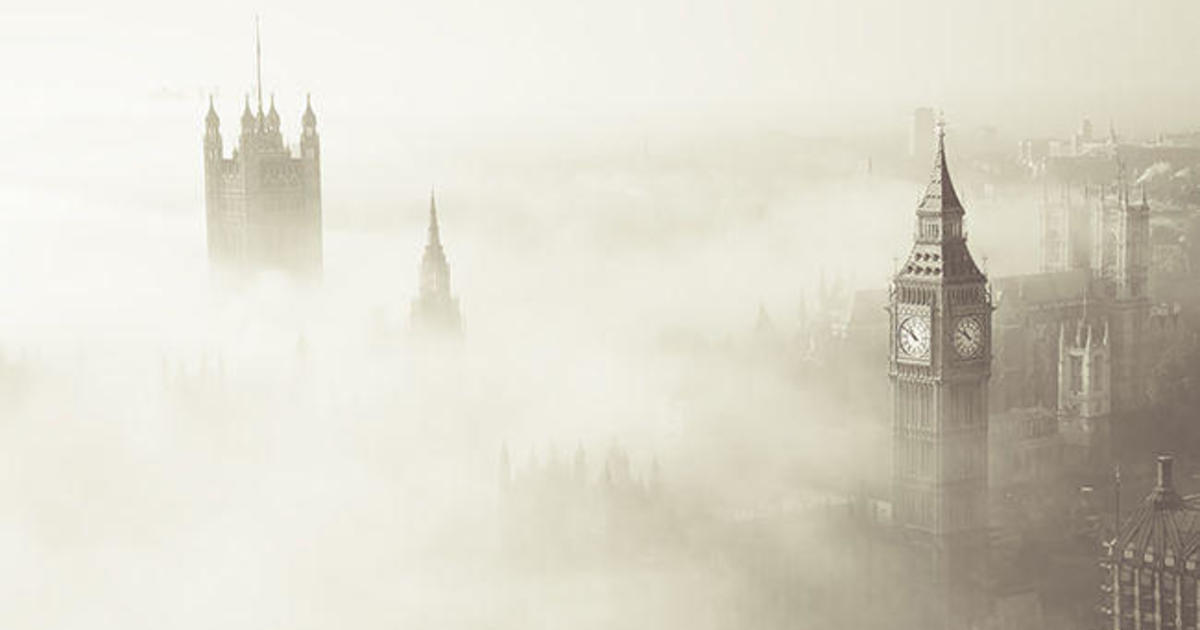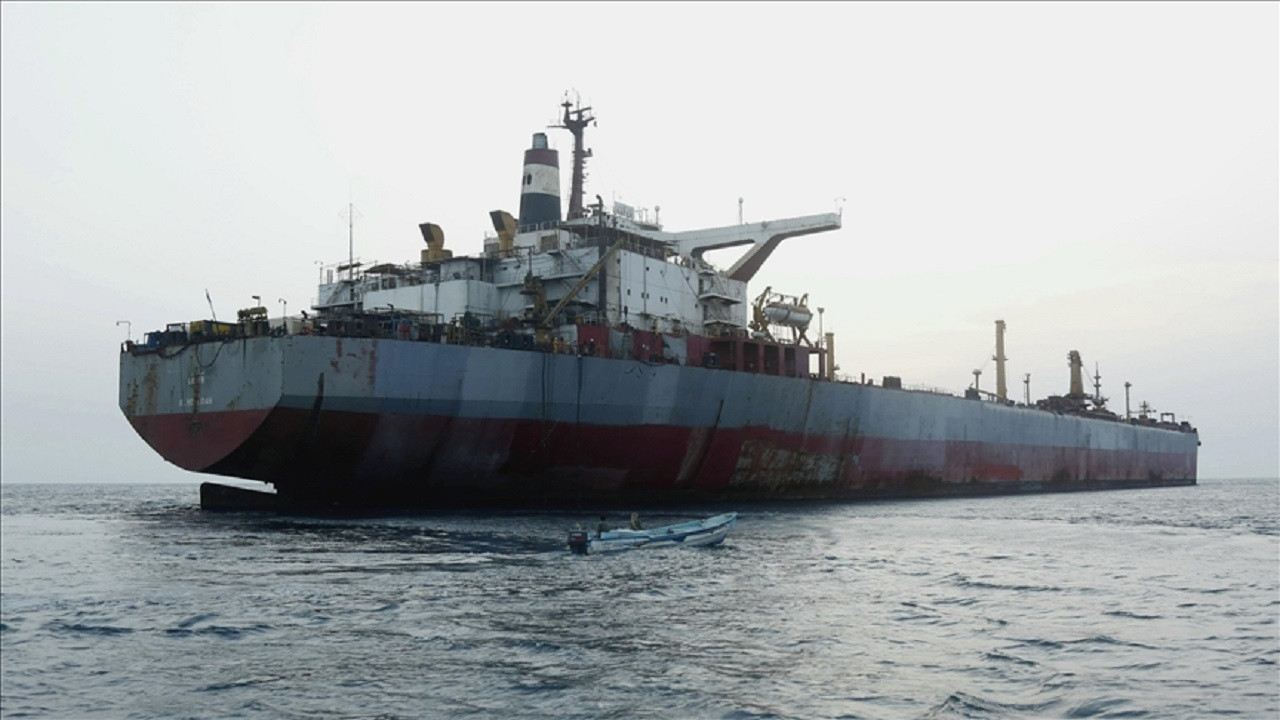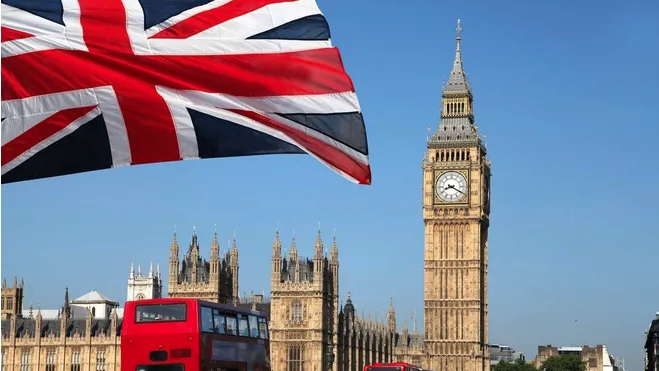The Great Fog of London descended on the city on December 5, 1952 and held it captive for five days. More than 12,000 people would die as a result of the strange yellow-black fog, and for more than 60 years scientists would not understand what exactly the fog was and why so many people died.
On December 5, 1952, the streets of London were filled with people starting to shop for Christmas celebrations. By the afternoon, the smog quickly covered the entire city. Smog in London was not surprising. But this fog was different. The fog also had a chemical smell. The fog reduced visibility so much that people could not even find their homes.
People thought it was just a temporary phenomenon, but they would soon realize they were wrong. On the morning of December 6, Londoners awoke to green skies, thickening fog and an even worse smell. On December 7, as the fog thickened, the air became heavier and it became very difficult to breathe outside. People with lung problems had to rush to hospitals because they could hardly breathe.
Although they didn’t know it yet, Londoners were experiencing what has become known as one of the deadliest environmental disasters ever. As it turned out, this mixture of smoke and fog was actually the result of a series of unfortunate events.
What caused the Great London Smog?
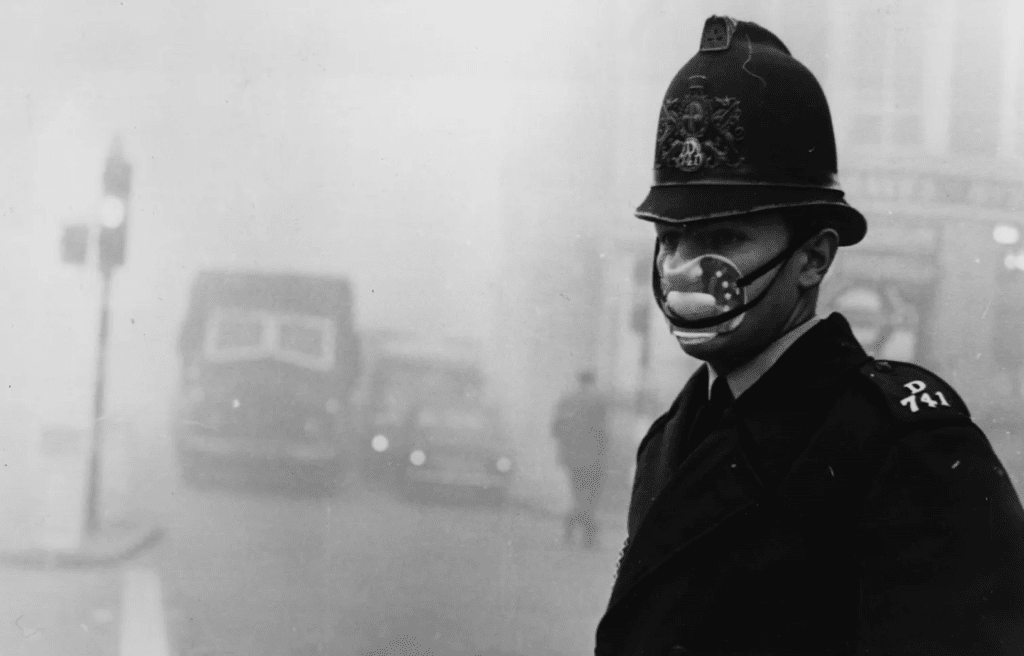
A few days before the great fog, a cold front had descended on the city. As a result, city dwellers had burned much more coal than usual to combat the cold. In addition, there was almost no wind on December 5th in particular. This caused the smoke from the chimneys to stay above the streets instead of blowing away.
On top of all this, the city was directly under an atmospheric anticyclone. An anticyclone is an area of high pressure. Atmospheric pressure is higher than the pressure of the surrounding air and increases from the periphery to the center. The anticyclone over London created an area around the city that kept fresh air in and smoke out. But none of this played a major part in the lethality of the Great London Fog.

Fortunately, on December 9, the fog began to subside. But by then more than 150,000 people had been admitted to hospital. There were around 6,000 deaths caused by lung diseases. It would later become clear that the number was around 12,000. The smog was particularly deadly for the elderly, children, people with respiratory problems and smokers. No medical expert could determine what caused the smog.
The Mystery of the Great London Fog Would Be Solved Nearly 60 Years Later
In November 2016, we learned the cause of the Great London Fog through a series of academic studies. In addition to the adverse atmospheric conditions mentioned above, the cause was related to the burning of low-quality coal.
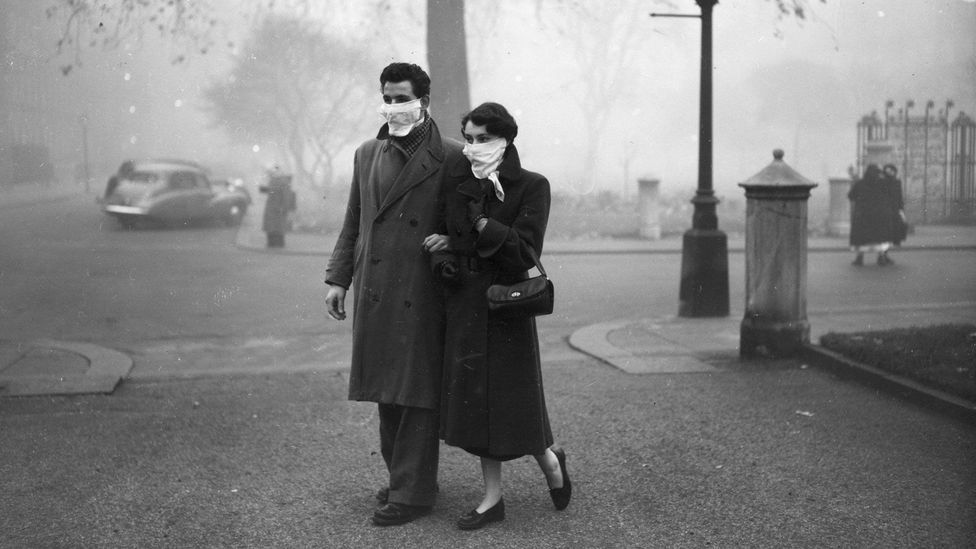
In 1952, the coal policy in the UK was based on a profit-oriented approach. In other words, high quality coal was exported, while the city dwellers used low quality coal. Thus, when low-quality coal was burned, the sulfur dioxide released was chemically converted into sulfuric acid, resulting in air pollution.
In fact, this led to the Clean Air Act of 1956, which included various measures to reduce air pollution. In 1968, the law became primary legislation limiting air pollution from various fires, sand, dust and smoke, as well as commercial and industrial causes.
The scientists who clarified the issue hope their research will lead to other environmental breakthroughs and help solve problems in countries with high air pollution rates, such as China. The researchers also say that this kind of event could happen at any time, anywhere in the world.

